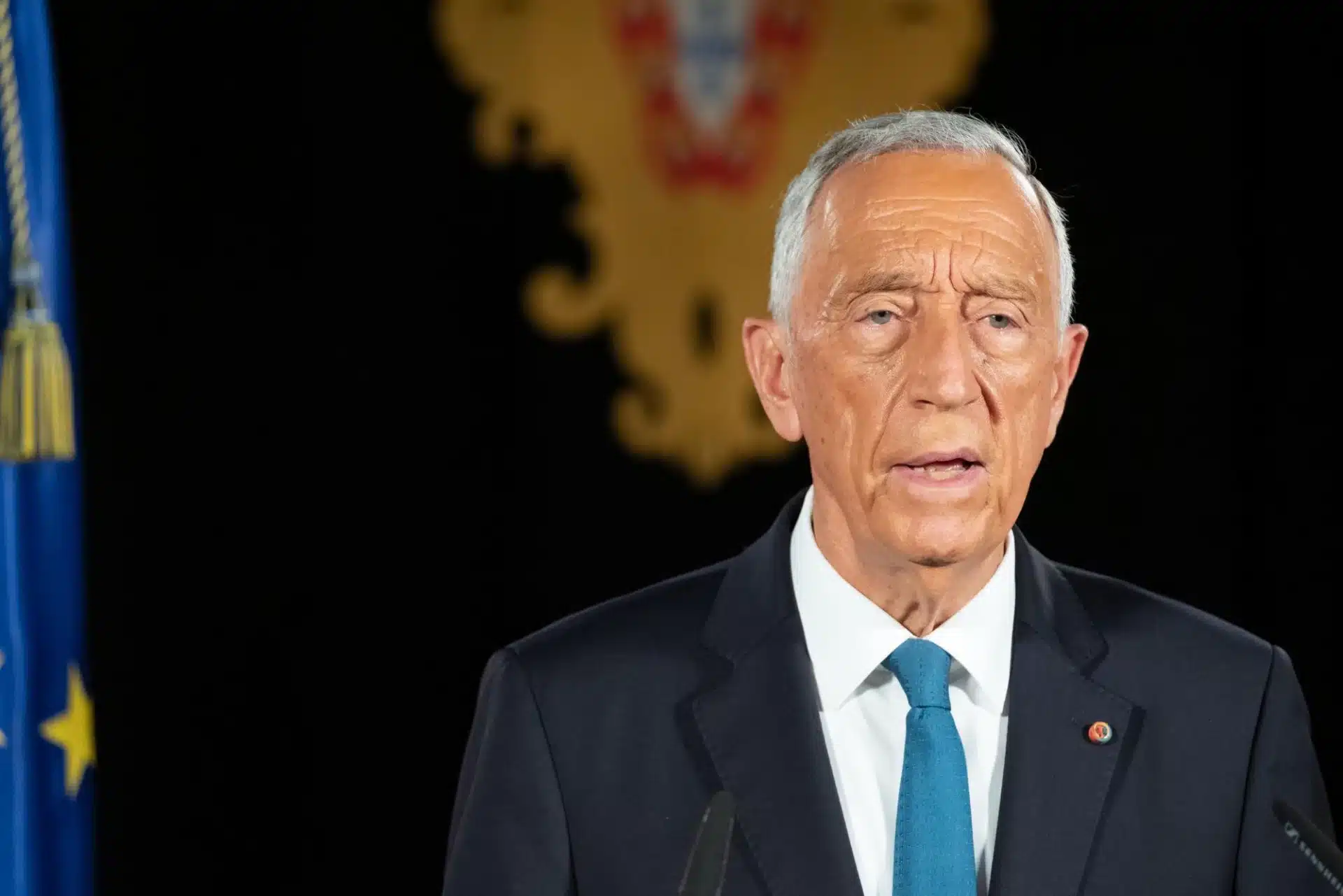The Portuguese nanosatellite ISTSat-1, built by students and professors from the Instituto Superior Técnico (IST), is being launched into space today on the maiden flight of the new European Ariane 6 rocket.
The launch, from the European space base in Kourou, French Guiana, is scheduled for between 19:00 and 23:00 (Lisbon time).
The teleport of Santa Maria, in the Azores, operated by Thales Edisoft Portugal, will be the first station to provide data from the rocket, whose maiden flight “marks the return of European operational capacity for access to space”.
On board the rocket will be ISTSat-1, the first nanosatellite designed by a Portuguese university and the third Portuguese satellite to be sent into space, after the Aeros MH-1 nanosatellite in March and the PoSat-1 microsatellite in 1993, which involved the participation of companies.
ISTSat-1 will be used to test a new decoder for messages sent by airplanes that will allow them to be detected in remote areas and to assess the feasibility of using nanosatellites to receive signals about the state of aircraft, such as speed and altitude, for air safety purposes.
The nano-satellite, a “cube” that cost around 270,000 euros, will be positioned 580 kilometers from Earth, above the International Space Station, the astronauts’ “home” and laboratory, and will send the first data about a month after the start of operations.
It will remain in orbit for between five and 15 years before re-entering the atmosphere.
Along with ISTSat-1 will go other satellites and scientific equipment from foreign institutions, companies and space agencies.
Ariane 6, whose maiden flight was delayed by four years and cost 4.5 billion euros, will succeed Ariane 5, which made its last flight in July 2023.
The European Space Agency (ESA), of which Portugal has been a member since 2000, is planning a second launch, this time commercial, of the new range of European rockets by the end of the year. Fourteen flights are scheduled for the following two years.
It is with this type of rocket that the ESA intends to send the Plato space probe in 2026, which will “photograph” thousands of stars and look for Earth-like planets. The mission has Portuguese scientific participation, from the Institute of Astrophysics and Space Sciences.
To mark the date of ISTSat-1’s launch, the Oeiras branch of the IST is promoting the debate “How to prepare the next generation for a new era in space?” and signing a protocol with the local municipality and CEiiA – Center for Engineering and Development to create the Oeiras Valley Space Hub, a center for space activities.
The Minister of Education, Science and Innovation, Fernando Alexandre, and the Secretary of State for Science, Ana Paiva, are taking part in the ceremony marking the launch of Ariane 6 at the Oeiras campus of the Instituto Superior Técnico.








